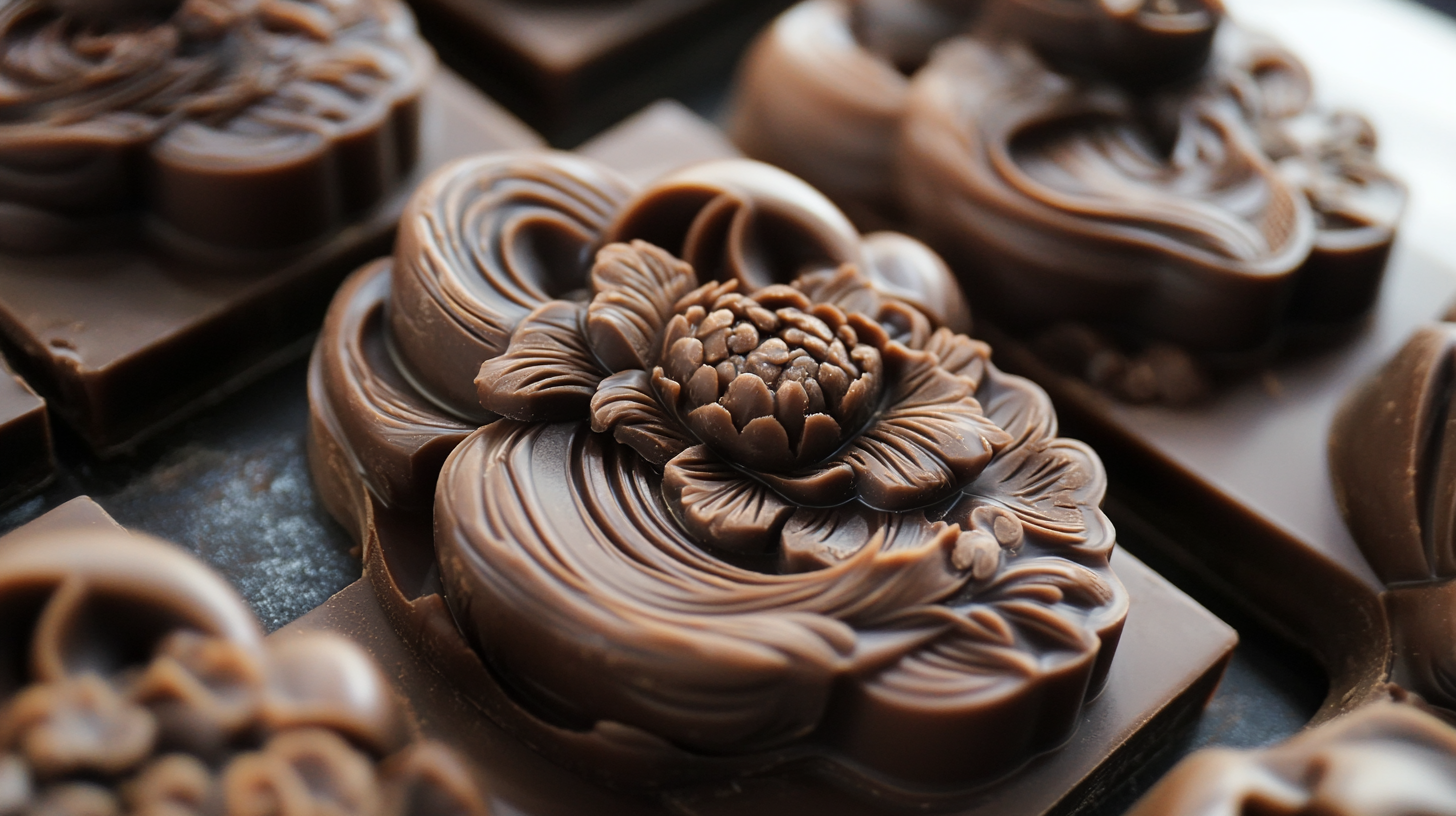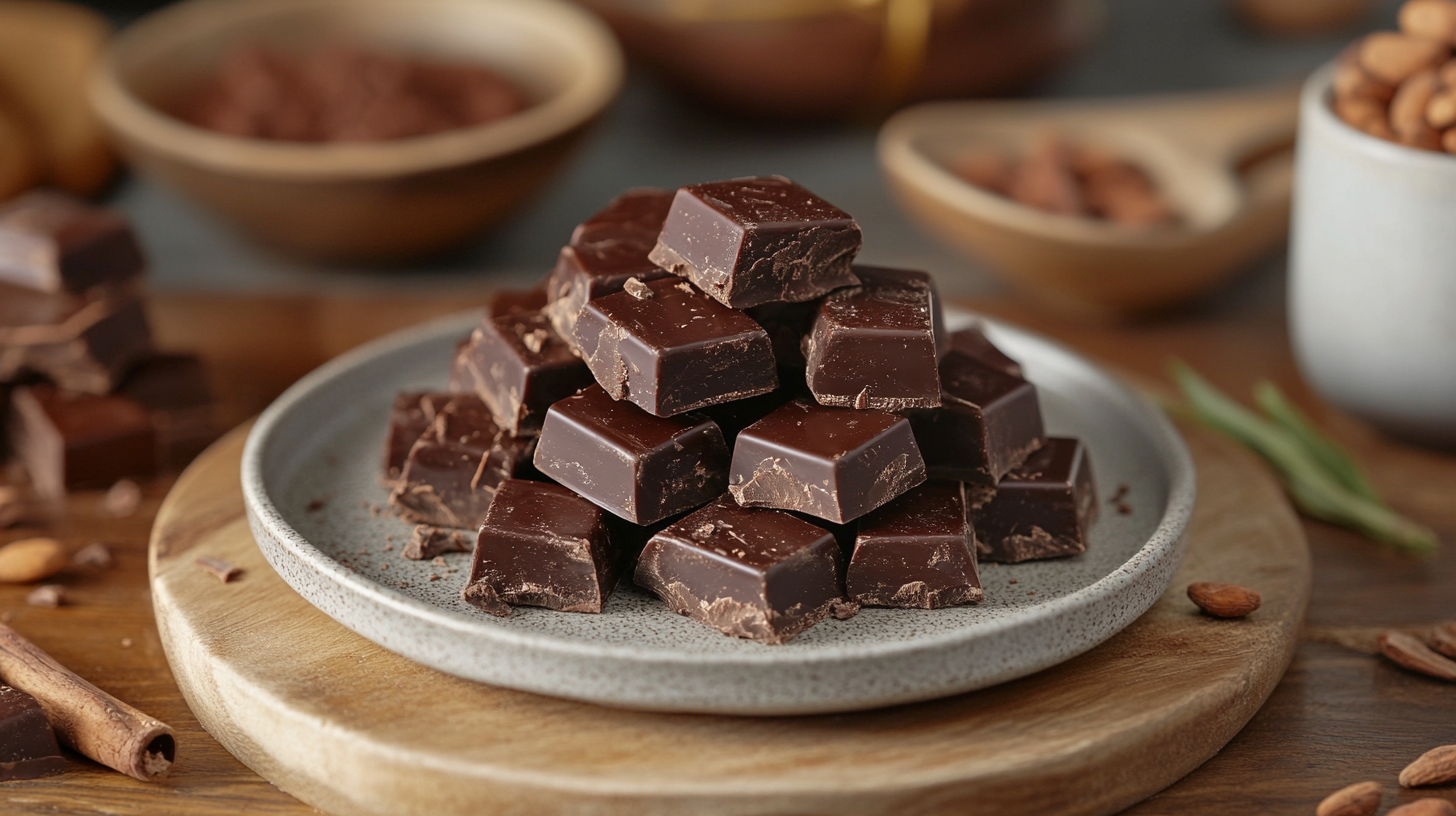Navigating Tariff Challenges with Innovative Chocolate Molding Solutions from China
In the ever-evolving landscape of international trade, the chocolate industry is currently navigating a complex array of tariff challenges, particularly between the United States and China. Despite the imposition of equal tariffs that have put pressure on many sectors, China’s chocolate manufacturers are witnessing surprising growth, propelled by their ability to innovate and adapt. Central to this growth is the advancement of chocolate molding machines, which not only enhance production efficiency but also enable the creation of unique, high-quality products that meet diverse consumer preferences. As manufacturers leverage these cutting-edge technologies, they are finding ways to maintain competitiveness in the global market, even amidst trade tensions. This blog explores how innovative chocolate molding solutions from China are reshaping the industry's landscape, demonstrating resilience and creativity in the face of adversity.

Innovative Chinese Chocolate Molding Techniques Driving Market Growth Amid Tariff Pressures
Amid escalating tariff pressures, the chocolate industry is witnessing a surge in innovative molding techniques from China that are reshaping the market landscape. These advancements not only enhance production efficiency but also enable manufacturers to deliver unique and customizable products that cater to diverse consumer preferences. By leveraging cutting-edge technology, Chinese companies are setting new benchmarks for creativity and precision in chocolate molding, ensuring that their products stand out in a competitive environment.
This innovation is crucial as businesses navigate the complexities introduced by tariffs that can inflate costs and disrupt supply chains. Chinese manufacturers have responded with flexible molding solutions that reduce waste and optimize raw material usage, helping brands maintain profitability despite external economic pressures. Moreover, the ability to create elaborate designs and personalized chocolates has opened up new avenues for market growth, attracting both high-end and mass-market consumers eager for distinctive experiences in their chocolate purchases. As the industry adapts to these challenges, the spotlight is firmly on China's creative prowess in chocolate molding.
Navigating Tariff Challenges with Innovative Chocolate Molding Solutions from China
This chart illustrates the growth in market share of innovative chocolate molding techniques from China over the past five years, showcasing their resilience amid tariff pressures. The data reflects a significant increase in market share from 2019 to 2023 as companies adapt to challenges with cutting-edge solutions.
The Impact of U.S.-China Tariffs on Chocolate Imports and Manufacturing Strategies
The ongoing U.S.-China trade tensions have imposed significant tariffs on chocolate imports, prompting manufacturers to reevaluate their strategies. Elevated costs due to tariffs have forced many companies to seek innovative solutions that can alleviate financial strain while sustaining product quality. For chocolate producers, this means not only adjusting pricing models but also exploring alternative sourcing and production methods to maintain competitiveness in the market.
In response to these challenges, manufacturers are increasingly turning to advanced chocolate molding solutions from China. These innovative techniques allow for greater efficiency and flexibility in production, enabling businesses to minimize the impact of tariffs. By adopting state-of-the-art molding technologies and processes, companies can optimize their production lines and reduce waste, ultimately improving their overall cost structure. This proactive approach not only addresses tariff challenges but also positions chocolate brands to leverage new opportunities in the evolving marketplace.

Harnessing Technology: How Chinese Manufacturers Are Adapting to Evolving Tariff Regulations
In today's rapidly changing economic landscape, Chinese manufacturers in the chocolate molding industry are leveraging technology to navigate evolving tariff regulations. As international trade barriers fluctuate, the need for innovative and adaptive solutions becomes paramount. This is particularly crucial as the complexity of global supply chains requires manufacturers to be agile and forward-thinking, much like those in the auto industry, which struggles to pivot quickly due to its lengthy product cycles.
To thrive amidst these challenges, manufacturers can adopt several strategies. Firstly, investing in advanced production technologies can enhance efficiency and reduce costs, allowing for better pricing flexibility in the face of tariffs. Secondly, fostering strong relationships with suppliers can create a more resilient supply chain that mitigates risks associated with trade limitations. Lastly, diversifying markets by exploring new export opportunities can help balance the impact of tariffs on specific regions.
By embracing these tactics, Chinese chocolate manufacturers can not only survive but thrive, ensuring their products remain competitive in an ever-changing global marketplace.
Competitive Advantages: Quality and Cost-Effectiveness of Chinese Chocolate Molding Solutions
Navigating the complexities of tariff challenges in the chocolate industry has led many manufacturers to seek innovative solutions. Chinese chocolate molding technology stands out as a key player in this landscape due to its competitive advantages, primarily in quality and cost-effectiveness. The ability of Chinese manufacturers to produce high-quality molds and equipment with advanced techniques allows them to meet the diverse demands of the chocolate market. This dedication to quality ensures that brands can maintain their product standards while benefiting from cost savings.
Furthermore, the affordability of Chinese chocolate molding solutions cannot be overlooked. With lower production costs and efficient manufacturing processes, businesses can access top-notch equipment without overshooting their budgets. This financial flexibility empowers companies to invest more in research and development, marketing, and expanding their product lines. As a result, chocolate manufacturers can enhance their market competitiveness and adaptability, ultimately leading to greater success in overcoming tariff barriers and satisfying consumer preferences.

Market Trends: Rising Global Demand for Unique Chocolate Products Amid Trade Challenges
The global chocolate market is experiencing a notable surge in demand for unique and innovative products, despite ongoing trade challenges. As consumers increasingly seek out artisanal and customizable confections, chocolate manufacturers are adapting their offerings to meet this shift in consumer preferences. From exotic flavors to intricate mold designs, the industry is evolving to provide products that stand out in a crowded marketplace.
In China, innovative chocolate molding solutions are emerging as a response to these market trends. Producers are leveraging advanced technology and creative design capabilities to craft chocolates that not only taste exceptional but also capture the imagination of consumers. As tariffs and trade regulations pose hurdles, Chinese manufacturers are finding ways to enhance their competitive edge, ensuring that they can deliver distinct and appealing products to both domestic and international markets. This adaptability positions them well to thrive amidst the evolving landscape of global chocolate demand, ultimately enriching the consumer experience.
Navigating Tariff Challenges with Innovative Chocolate Molding Solutions from China
| Country | Chocolate Export Volume (tons) | Major Export Markets | Average Tariff Rate (%) | Market Trend (2023) |
|---|---|---|---|---|
| China | 150,000 | USA, EU, Japan | 15% | Increasing demand for unique flavors |
| Belgium | 90,000 | USA, South Korea, China | 10% | Stable interest in premium artisan chocolates |
| Germany | 120,000 | USA, Asia, EU | 12% | Growth in health-oriented chocolate products |
| USA | 80,000 | Canada, Mexico, EU | 8% | Rising trend for organic and gourmet chocolates |